Contents
Guide
ALSO BY STANLEY FISH
Think Again: Contrarian Reflections on Life, Culture, Politics, Religion, Law, and Education
Winning Arguments: What Works and Doesnt Work in Politics, the Bedroom, the Courtroom, and the Classroom
Versions of Academic Freedom: From Professionalism to Revolution
Versions of Antihumanism: Milton and Others
How to Write a Sentence: And How to Read One
The Fugitive in Flight: Faith, Liberalism, and Law in a Classic TV Show
Save the World on Your Own Time
How Milton Works
The Trouble with Principle
Professional Correctness: Literary Studies and Political Change
Theres No Such Thing as Free Speech: And Its a Good Thing, Too
Doing What Comes Naturally: Change, Rhetoric, and the Practice of Theory in Literary and Legal Studies
Is There a Text in This Class? The Authority of Interpretive Communities

An Imprint of Simon & Schuster, Inc.
1230 Avenue of the Americas
New York, NY 10020
www.SimonandSchuster.com
Copyright 2019 by Stanley Fish
A portion of chapter 3 was adapted from an essay by the author first published in the Chronicle of Higher Education (2017). A portion of chapter 5 was adapted from an op-ed by the author first published in the New York Times (2018).
All rights reserved, including the right to reproduce this book or portions thereof in any form whatsoever. For information, address One Signal Publishers/Atria Books Subsidiary Rights Department, 1230 Avenue of the Americas, New York, NY 10020.
First One Signal Publishers/Atria Books hardcover edition October 2019
 and colophon are trademarks of Simon & Schuster, Inc.
and colophon are trademarks of Simon & Schuster, Inc.
For information about special discounts for bulk purchases, please contact Simon & Schuster Special Sales at 1-866-506-1949 or .
The Simon & Schuster Speakers Bureau can bring authors to your live event. For more information, or to book an event, contact the Simon & Schuster Speakers Bureau at 1-866-248-3049 or visit our website at www.simonspeakers.com.
Interior design by Kyoko Watanabe
Jacket design by James Iacobelli
Author photograph by Barney Cokeliss
Library of Congress Cataloging-in-Publication Data is available.
ISBN 978-1-9821-1524-1
ISBN 978-1-9821-1526-5 (ebook)
To the memory of Helene and Mitchel Craner,
Imparadised in one anothers arms
CHAPTER 1 Why Censorship Is a Precondition of Free Speech
Speech Is Everywhere
The one thing speech isnt is free. There are costs to those who produce it and costs to those who are subjected to it. Of course, the term free speech does have a clear meaning under the Constitution: if you want to say something, you dont have to ask the governments permission and you wont be punished by the government for saying it. But even this freedom from state interference with your speech has its limits, and it does not protect you in private life, where speaking out carries with it the risk of censorship and penalty. Freedom of speech, despite ritual celebrations of it, is not all it is cracked up to be, and it is difficult even to say what it is. As a concept it refuses to sit still and remains elusive to the grasp no matter how closely and rigorously it is examined. When one says freedom of speech, the referent seems solid enough, but, as we shall see, it melts at the analytical touch. The phrase free speech doesnt refer to a single core doctrine that works itself out in different practices. Rather, different practices, with their in-place definitions and goals, determine in any instance what free speech means. Yet even if freedom of speech is not a thing but a promissory note that can never be cashed in, it is a large and inescapable component of our political rhetoric. We are invested in it, and almost everything of note that happens is attached, sometimes by the loosest of ligatures, to free-speech issues.
Consider, for example, the last ten days of October 2018. A man named Cesar Sayoc sent pipe bombs to CNN and a dozen prominent critics of President Donald Trump. Another loner, Robert Bowers, killed eleven Jews in Pittsburgh as they prayed. Almost as soon as these events occurred, they became attached to issues of free speech. Sayoc drove, and sometimes slept in, a van plastered with pro-Trump stickers and with images of Hillary Clinton and other progressives portrayed as the targets of gunfire. Was that the mere expression of political opinion or a true threat, a term of art that means a threat likely to be acted on? Bowers spewed anti-Semitic slogans as he went about his murderous work. Both men had online histories that identified them as haters, conspiracy theorists, and racists. Should the authorities have been alert to the danger they posed? Could they act only after Sayoc and Bowers had already acted? The digital trail was long, and the van with its disturbing images was visible on the streets of Miami for some time. Should President Trump be held to account for the anti-immigrant, anti-other rhetoric that, some said, made atrocities like these inevitable? Did his rantings against Hillary Clinton, George Soros, Cory Booker, Kamala Harris, Barack Obama, Eric Holder, Maxine Waters, and others make up a hit list Sayoc dutifully followed? Was Trump saying to Sayoc what Henry II said to those who promptly went out and murdered Thomas Becket: Will no one rid me of this meddlesome priest? Was his invective more than a dog whistle? Was it, in fact, a marching order? Was the order heeded by Coast Guard Lt. Christopher Paul Hasson when, in February 2019, he compiled a list of Democrats and anti-Trump journalists whose murder would announce the beginning of the race war he hoped to bring about? At least one prominent First Amendment theorist has posed the relevant question: [W]e might ask when the State or political leaders may be held constitutionally responsible for encouraging private parties to punish critics. I suggest here that if the president or other officials direct, encourage, fund or covertly command attacks on their critics by private mobs of foreign powers, the First Amendment should be implicated.
Mainstream commentators clucked over the possible relationship between Trumps words and these horrible deeds, but mostly they muttered First Amendment and said that however hateful someones speech might be, unless it amounted to a direct incitement of violence, it was protected by the Constitution; free speech must prevail. Free speech above all was also the mantra of Andrew Torba, the CEO of the website Gab, Robert Bowerss favorite venue, characterized by the New York Times as the last refuge for internet scoundrels. Torba often wears a green hat embroidered with the message Make Speech Free Again. Is he a free-speech hero, bravely suffering the vituperation hurled at him by the New York Times? Or is he a prime example of how the promotion of unregulated free speech, proclaimed by First Amendment apostles as the cornerstone of democracy, can lead to a cascade of words that in time is corrosive of that same democracy? If Sayoc and Bowers didnt have an internet community where their views could be parroted back at them and amplified to the point where every toxic thought they entertained seemed universally shared, would the seeds of hatred perhaps not have flowered in the actions they ultimately took?


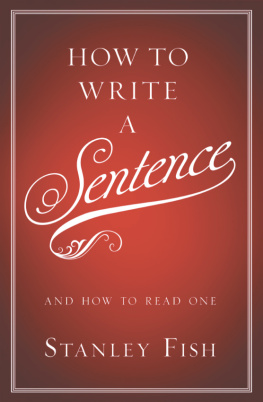
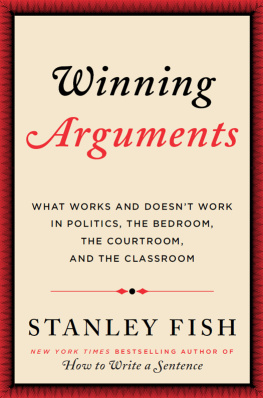
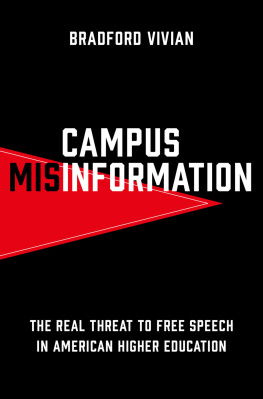

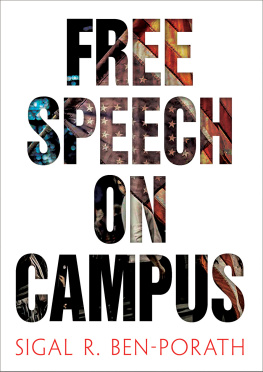

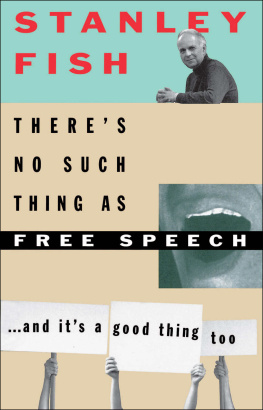
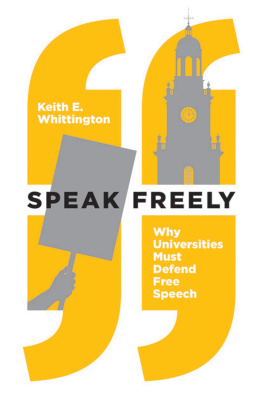
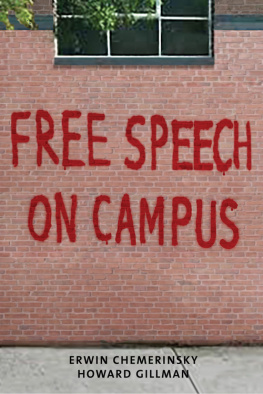
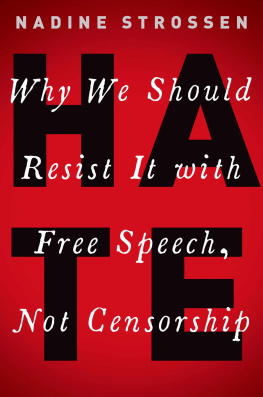
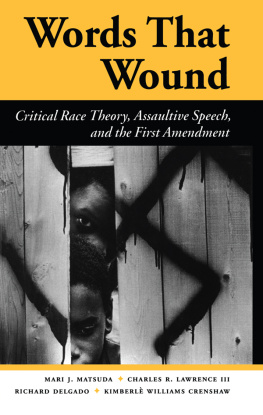
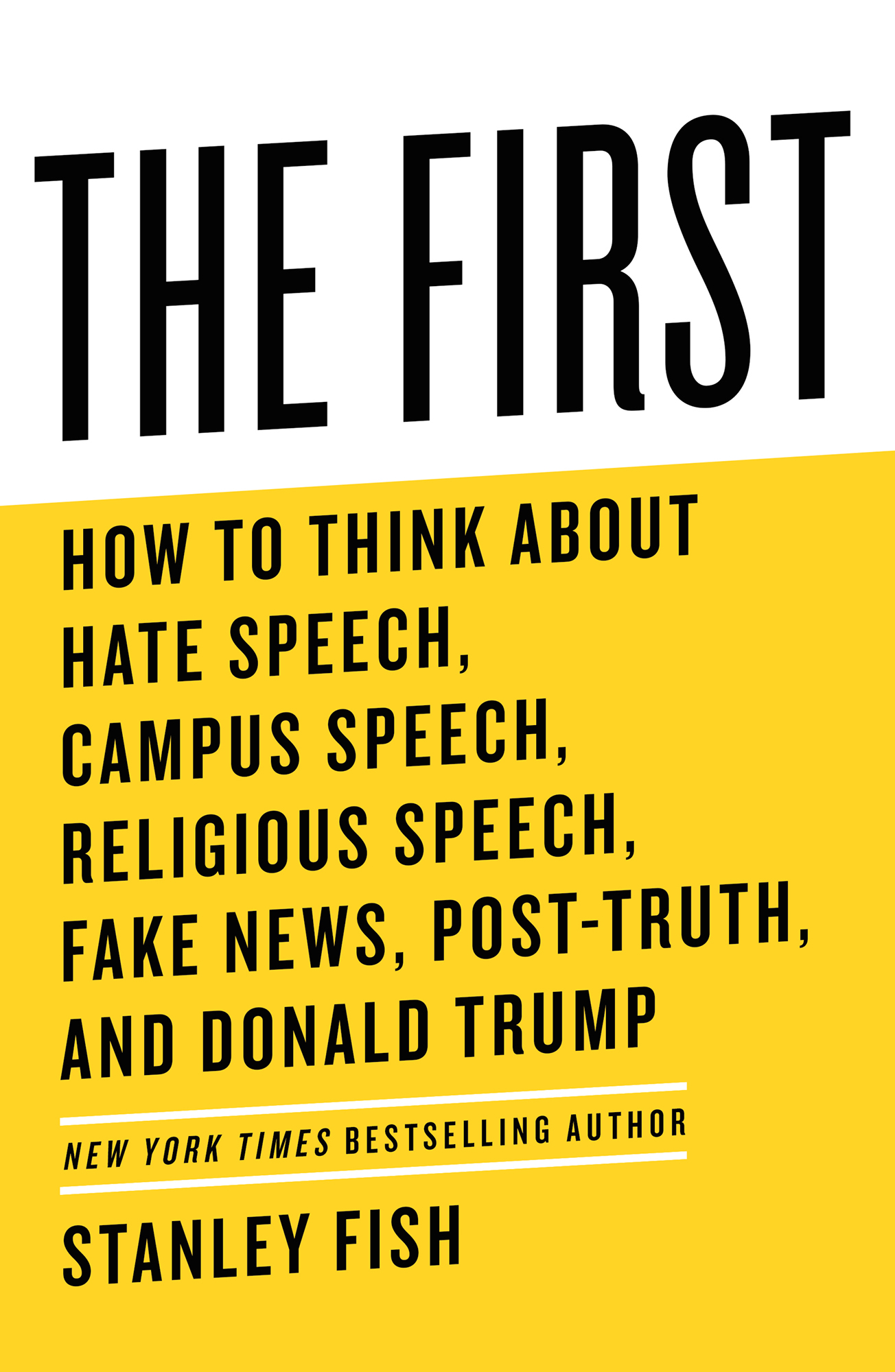


 and colophon are trademarks of Simon & Schuster, Inc.
and colophon are trademarks of Simon & Schuster, Inc.